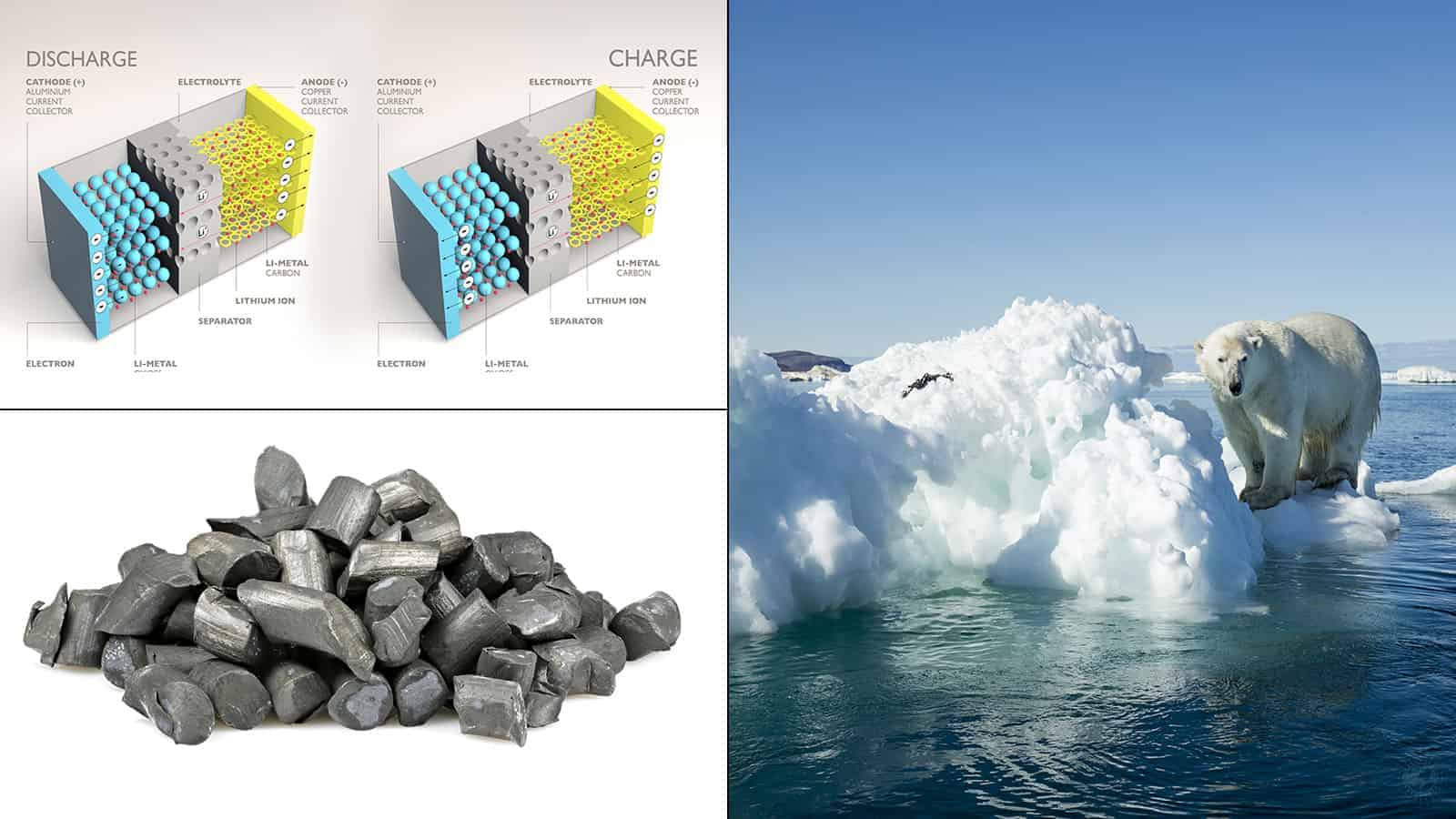Artificial Intelligence (AI)-focused technology company Hypergiant Industries announced a machine that utilizes algae to remove carbon dioxide from the air. The company stated that the underappreciated plant is “one of nature’s most efficient machines.”
The device measures 3ft/0.91m wide and 7ft/2.13m tall. Regardless of its relatively small size, it can remove an entire acre of trees worth of carbon. They estimate this to be equivalent to approximately two tons.
Here are more precise measurements.. The prototype for the machine measures 3′ x 3′ x 7′ and can hold 55 gallons of water and algae.
On the company’s website, they state that these plants require CO2 and light to grow.
“The light can be from the sun, or in this case, artificial light. The algae and water are pumped through a series of tubes to maximize their exposure to light sources lining the inside of the Reactor.”
How Algae Could Help Save the Environment
HyperGiant Industries has already made a working prototype for the carbon footprint-reducing power plant. Furthermore, they envision it in offices and on top of buildings throughout cities.
Algae powers the bioreactor.
“What’s amazing about algae is it’s really cheap and it’s easy to grow—the core things it needs are sunlight, CO2, and water,” Ben Lamm, CEO and founder of Hypergiant Industries, told Fast Company.
Algae grow a lot more quickly than trees, so it can take carbon out of the air much more efficiently. The company estimates that the device can remove two tons of carbon per year. Machine learning software oversees the whole process inside the Eos bioreactor. A.I. manages light, temperatures, and pH levels to ensure maximum production and growth of the plants.
Hypergiant usually makes AI-technology for aviation, space exploration, and defense industries. However, it saw an opportunity to use machine learning to create better algae-run devices that could operate on a mass scale.
The team took the project on after analyzing ways that the company could make an impact on climate change. “As an emerging tech company that’s working in the field of AI and robotics and all of these super interesting things, we have not just an opportunity, but we have a responsibility to make some of our R&D lab time focused on the some of the biggest challenges,” Lamm says.
The device is a closed system that works indoors. It connects to an HVAC system to reduce CO2 levels inside and clean the air. The algae in the machine grows inside of tubes and a water tank in the device. The plant grows because the tubes are filled with outside air and exposed to artificial light. Hypergiant Industries claims that the technology used to create the machines is so efficient that it’s 400 times more effective at removing carbon than trees making up the same footprint.
The company is working on DIY plans so people can build the bioreactors at home.
As the algae grow inside the device, it can be harvested. Then, the harvested product could be used to make products such as fertilizer, food, makeup, and perhaps even fuel one day in the future. The company says it will have different sized machines in the future depending on the customers’ needs.
Because the plant can have such diverse uses, the company will have to think on a large scale to make it work. “There’s nothing new about the idea of growing algae to sequester carbon, and a few dispersed bioreactors alone are not going to reverse climate change,” Lamm says.
“In order for this to work, we need to approach this as the beginnings a new form of hyperlocal, decentralised supply chain, and then dovetail this work with a host of other initiatives that have the potential to dramatically change the way consumables are produced, processed, transported, and consumed, especially in our population centers.
“We want cities, companies, and individuals to adopt this technology, not just because it’s the right thing to do, but also because it’s cheaper and more practical than the alternatives.”
Future Hopes for Fueling the World with Algae and Reducing Carbon Footprints
The team is working on building mobile apps that can run these machines without human inputs. The company hopes that this project will show people how this plant can combat climate change. The company will work with cities to help implement the bioreactors along with other smart AI-focused infrastructure.
In addition to helping companies, Hypergiant wants the technology to be economical and accessible enough that people could build the devices themselves. It’s working on open source DIY plans that they’ll release next year. This will enable people to build their very own bioreactors.
“We’re trying to give more people options for how they can go make a difference in their own communities,” Lamm told FastCompany.
So planting trees remains an effective way to combat climate change. However, algae also prove to help tremendously in removing carbon from the atmosphere.














 Community
Community

